Freshwater barramundi can be a challenging fish to catch but with the right tips and tricks, you'll be landing them left, right and centre. In this blog post, we will discuss some of the best techniques for catching freshwater barramundi. We'll also provide some helpful tips on how to make your fishing trips more successful. So if you're looking to catch freshwater barramundi, read on for some essential information!
How Do You Catch Barramundi in Freshwater: Barra Fishing
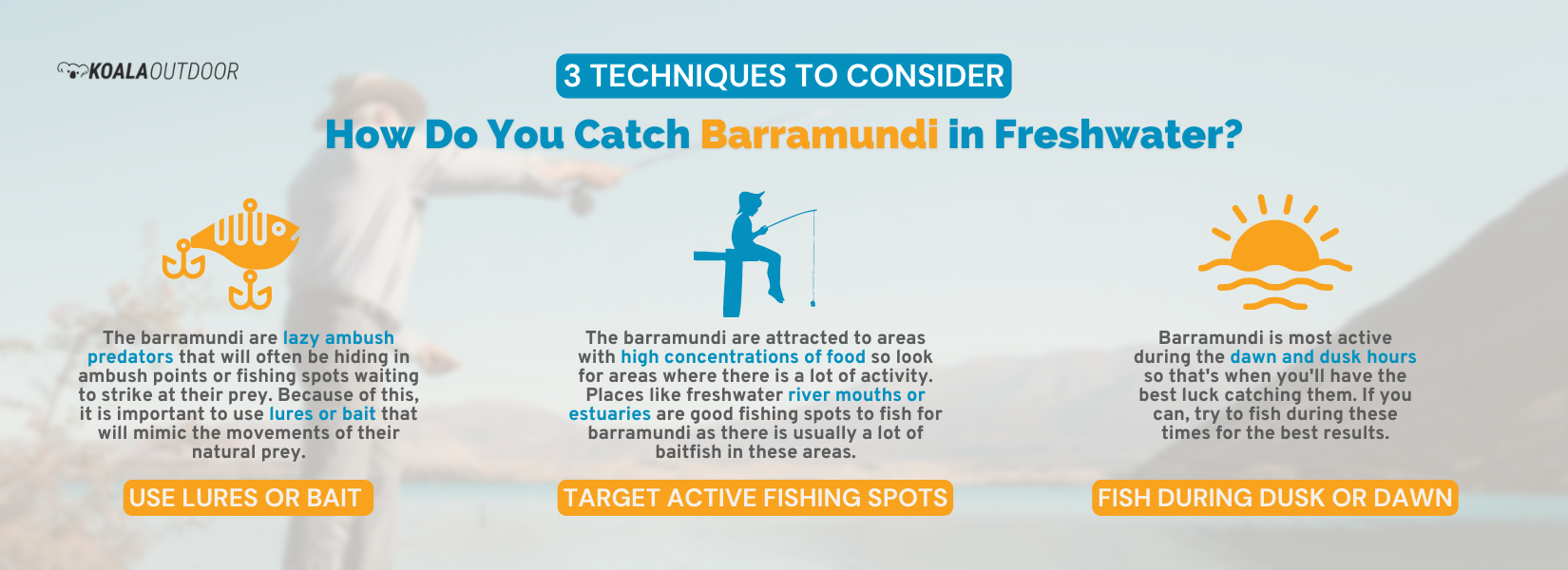
Barra fishing in freshwater is definitely possible with the right techniques. When you are catching barra, it's important to keep these things in mind:
First, the barramundi species are lazy ambush predators that will often be hiding in ambush points or fishing spots waiting to strike at their prey. Because of this, it is important to use lures or bait that will mimic the movements of their natural prey. Vibrant colours also tend to attract freshwater barramundi so using lures or bait that are brightly coloured is a good idea. Freshwater barramundi is also known for being great fighters so be prepared for a battle when you hook one! It is important to use strong tackles when fishing for freshwater barramundi as they can easily break lighter lines.
Second, barramundi is attracted to areas with high concentrations of food so look for areas where there is a lot of activity. Places like freshwater river mouths or estuaries are good fishing spots for barra fishing as there is usually a lot of baitfish in these areas.
Lastly, barramundi is most active during the dawn and dusk hours so that's when you'll have the best luck catching them. If you can, try to fish during these times for the best results.
Now that we've gone over some of the basics of freshwater barramundi fishing, let's take a look at some tips that will help you have more success on your fishing trips.
One of the most important things to do when barra fishing in freshwater is to use the right lure or bait. As we mentioned earlier, freshwater barra is attracted to lures and bait that mimic the movements of their natural prey. So using something like a soft plastic lure or live bait is a good idea. Another great tip is to change up your lures or baits frequently.
When you are barramundi fishing, there are a few different techniques that can be used to catch them in freshwater. The most popular methods include bait fishing, lure fishing, and fly fishing.
Bait Fishing
Bait fishing is the most common method for catching freshwater barramundi. Anglers will use live bait or cut bait to attract the fish to their line. Some common baits used for freshwater barramundi include worms, yabbies, and shrimp. When using bait for this iconic fish, don't forget to also use a fishing line with a strength of 30-50lb and a leader of at least 15lb to avoid being broken off by these powerful fish. Catching barramundi on bait can be very effective but it does require a bit of patience.
Lure Fishing
Lure fishing is another popular method for catching freshwater barramundi. Lures are designed to mimic the appearance and movement of real bait fish. This can be a great way to increase the fish-attracting ability of a barramundi that may be reluctant to bite on live bait. When you use lures to catch barramundi, remember to use hard body lures that are similar in size to the barramundi's natural prey items. Some common lures used for freshwater barramundi include vibration lures, surface lures, and jigs. Most anglers will use a variety of different lures to find the one that works best in a particular situation.
Vibration Lures
Vibration lures are a type of lure that creates a vibration in the water to attract fish. These lures can be very effective for hungry barramundi as they are attracted to vibrations in the water. Vibration lures come in a variety of different shapes and sizes, so it's important to choose one that is appropriate for the size of fish you're targeting.
Surface Lures
Surface fish lures are designed to float on the surface of the water and mimic the appearance of bait fish or insects. These hard body lures can be very effective for barramundi fishing as they are often feeding on bait fish near the surface of the water. These lures come in a variety of different shapes and sizes, so it's important to choose a reasonable-looking lure that is appropriate for the size of fish you're targeting.
Jigs
Jigs are a type of lure that is designed to sink in the water and mimic the appearance of bait fish or insects. These lures can be very effective for barramundi fishing as they are often feeding on bait fish near the bottom of the water. Jigs come in a variety of different shapes and sizes, so it's essential to choose one that is appropriate for the size of fish you're targeting.
Fly Fishing
Fly fishing is a bit more challenging than bait or surface popper lures but can be very rewarding. Anglers will use flies that imitate insects or other small prey items. Catching barramundi through fly fishing can be a great way to target them when they are feeding on smaller organisms.
What Do You Catch Barramundi With?
When fishing for barramundi with bait, there are a few different types of tackle that can be used to successfully catch one.
The most common type of tackle is spinning gear. This includes a spinning reel and rod with light to medium action. Anglers will also use baitcasting gear or fly fishing gear. The type of tackle you use will depend on the type of fishing you are doing.
Another type of tackle that can be used in catching barramundi is a jig. A jig is a type of lure that consists of a weighted head and a hook. Jigs are often used in bait fishing or lure fishing.
You can also use soft plastic lures when catching barramundi. Soft plastics are lures that are made from pliable materials such as silicone or vinyl.
When using live bait on the other hand, you will need to use a bait caster or spinning reel with light to medium action as this will easily catch barramundi fish for you. The most common type of live bait used for catching barramundi is worms.
For a beginner barramundi fisherman, it is recommended to use spinning gear or baitcasting gear. These types of tackle are relatively easy to use and are very versatile. As you become more experienced, you can experiment with different types of tackle to find the one that works best for you.
What Is the Best Bait for Barramundi?
The best bait for freshwater barramundi will vary depending on the time of year and the water conditions. In general, live baits or cut baits are the best options.
Freshwater barramundi is an opportunistic feeder and will eat a variety of different prey items. Their diet consists mostly of fish, crustaceans, and insects. Other common baits used for barra fishing include worms, yabbies, and shrimp.
When choosing a bait, it is important to choose something that freshwater barramundi are actively feeding on. The Barramundi generally feed more on live baits or cut baits and it is the best option for them. These baits will mimic the appearance of their natural prey and can be very effective. If you're having trouble catching fish, try using a different type of bait or lure.
How Do You Rig Live Bait For Barramundi?
There are a few different ways to rig a live bait for barramundi fishing. The most common method is to use a sliding sinker rig. This rig consists of a weight that is slid up the line and stopped with a stopper knot. The bait is then threaded onto the hook and the entire rig is cast into the water.
Another common method for rigging live bait is to use a paternoster rig. This rig consists of two hooks that are tied in opposite directions from each other. The bait is threaded onto both hooks and the entire rig is cast into the water.
When using live bait, it is important to make sure that the bait stays alive and fresh. If the bait dies, it will not be effective in fishing for barramundi. To keep the bait alive, it is often kept in a live well or aerated bucket.
What Size Hooks Are Best For Catching Barramundi?
The size of the hook you use will vary depending on the type of bait you are using. If you are using live bait, it is best to use a hook that is large enough to fit the bait but not so large that it impedes the fish's ability to swallow the bait.
If you are using cut bait or artificial lures, it is best to use a hook that is small enough to fit the bait but not so small that it will not hold the bait securely.
The size of the hook you use will also vary depending on the type of fishing you are doing. If you are fishing to catch barramundi in open water, it is best to use a larger hook. If you are fishing for freshwater barramundi in reefs or other areas with lots of structure, it is best to use a smaller hook.
How Do You Clean Barramundi?
Cleaning freshwater barramundi is relatively simple. The first thing you will need to do is remove the scales from the fish. You can do this by running a knife along the body of the fish. Next, you will need to gut the fish and remove the organs. Finally, you will need to remove the gills and wash the inside of the fish.
Barramundi fillets can be cooked in a variety of ways including baking, frying, or grilling. When cooking freshwater barramundi, it is important to not overcook the fish. This will result in a dry and tough fillet.
Barramundi is a versatile fish that can be used in a variety of recipes. Some popular dishes include barramundi curry, barramundi tacos, and barramundi burgers.
What Is the Best Time of Year to Catch Barramundi?
The best time of year to catch freshwater barramundi will vary depending on where you are fishing. In general, the best time for barramundi fishing is during the wet season. This is when freshwater barramundi is most active and can be found in large numbers.
In Northern Australia, freshwater barramundi is most commonly caught during the wet season from November to April, while the best time of day to catch freshwater barramundi is early morning or late afternoon.
Freshwater barramundi can be found in a variety of different habitats including rivers, streams, freshwater lakes, creek banks, and dams. When targeting freshwater barramundi, it's important to fish in areas with deep water and plenty of structure. Good fishing spots to target include submerged logs, rocks, and aquatic vegetation.
During the dry season, one may have only caught barramundi late afternoon or at night as they will be hiding in freshwater pools waiting for the rain. The best time to catch them during the dry season is just before or after a storm and in areas where the barramundi congregate.
Barramundi is a popular sportfish in Australian fishing competitions and are highly prized for their fighting ability and delicious flesh. Fishing tournaments are usually held during the wet season when freshwater barramundi are most active. Whether you are fishing for fun or competition, following these tips will help you catch freshwater barramundi all year round and increase your chances of success.
What Are the Best Tips for Catching Freshwater Barramundi?
There are a few different tips that can help you catch freshwater barramundi more effectively. First, it is important to choose the right type of tackle. As we mentioned before, freshwater barramundi is opportunistic feeders and will eat a variety of different prey items. The right tackle will help you immensely when freshwater fishing for barramundi. It's important to use a heavy-duty rod and reel combo that can handle the fish's weight and strength. You'll also need a good quality line, hooks, lures, and bait.
Second, it is important to use the right type of bait or lure. As we mentioned before, live baits or cut baits are often the best options. Minnows, prawns, herring, and mullet are all good live bait choices. If you're using lures, try to use ones that mimic the freshwater barramundi's natural prey such as minnow lures.
Third, know where to fish. Look for freshwater barramundi in areas with deep water and plenty of covers. Rocks, logs, and vegetation provide the perfect hiding spots for these fish. Pay attention to the tides as well – barramundi often feeds more actively during high tide periods.
Finally, it is important to clean the freshwater barramundi properly. This will ensure that the fish is fresh and delicious. The process is not difficult, but it does require some time and effort. With these tips in mind, you'll be sure to have a successful freshwater barramundi fishing trip.
Wrap Up/Key Takeaways
-
Freshwater barramundi are opportunistic feeders and will eat a variety of different prey items
-
Live baits or cut baits are often the best options for freshwater barramundi
-
To increase your chances of catching barramundi, it is important to fish during the wet season when freshwater barramundi is most active
-
It is also important to clean the freshwater barramundi properly to ensure that the fish is fresh and delicious.
Freshwater barramundi can grow to massive sizes, with some fish exceeding one meter in length. If you're targeting trophy-sized barramundi, it's important to use heavy tackle and large hooks.
After all, barramundi is an aggressive predator and will strike at a variety of baits including live bait, cut bait, and artificial lures. When you are barramundi fishing, it's important to use a fast-retrieve reel and keep your line tight. This will help you avoid getting broken off by these powerful fish.
We hope you enjoyed this article on catching freshwater barramundi. These fish can be a lot of fun to catch, and following these tips should help you have more success. As always, happy fishing!






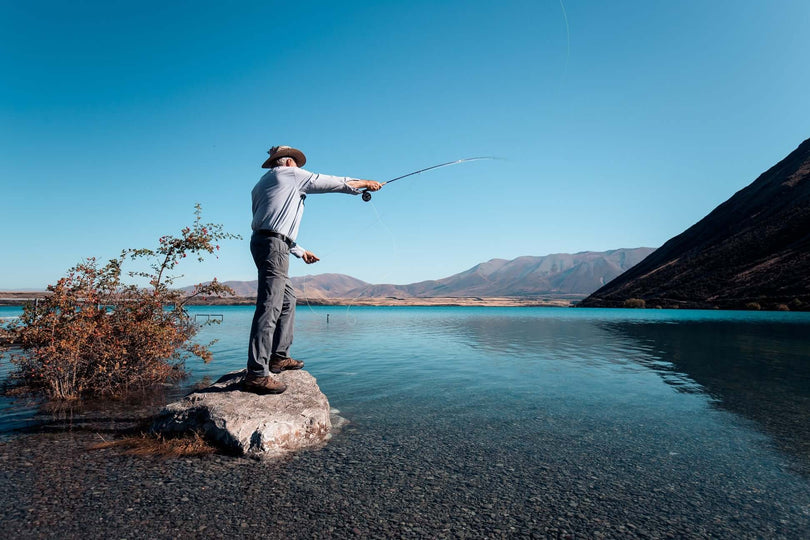

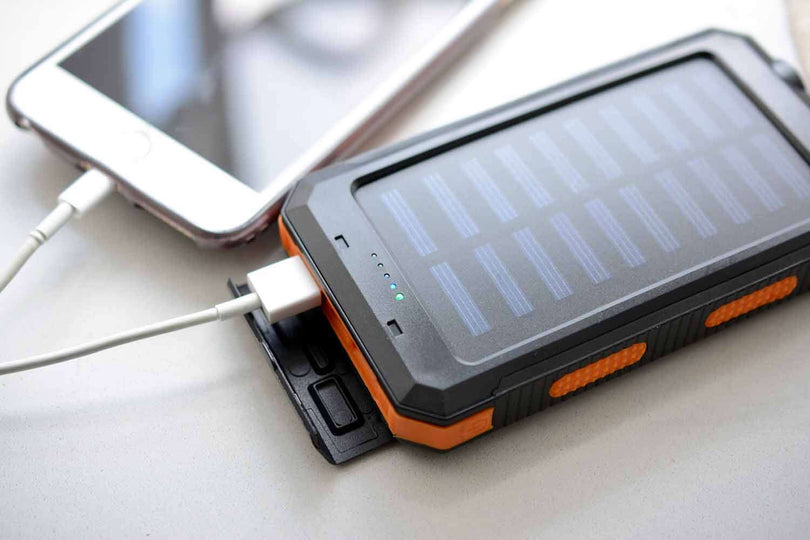



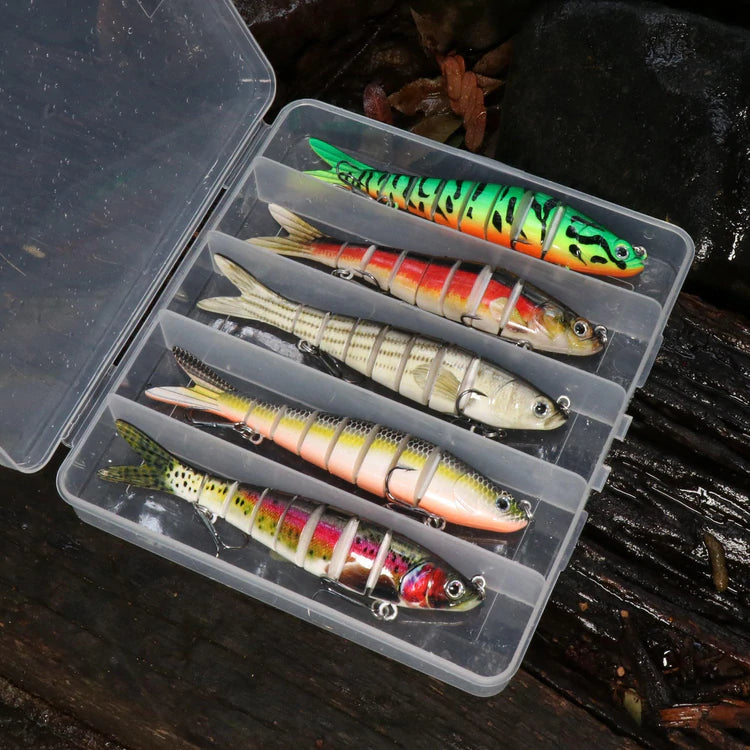



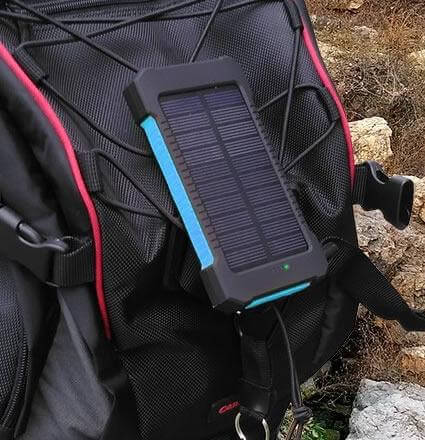

1 comment
calum navin
pls tell me houw to catch a fish i am from nigboys
pls tell me houw to catch a fish i am from nigboys